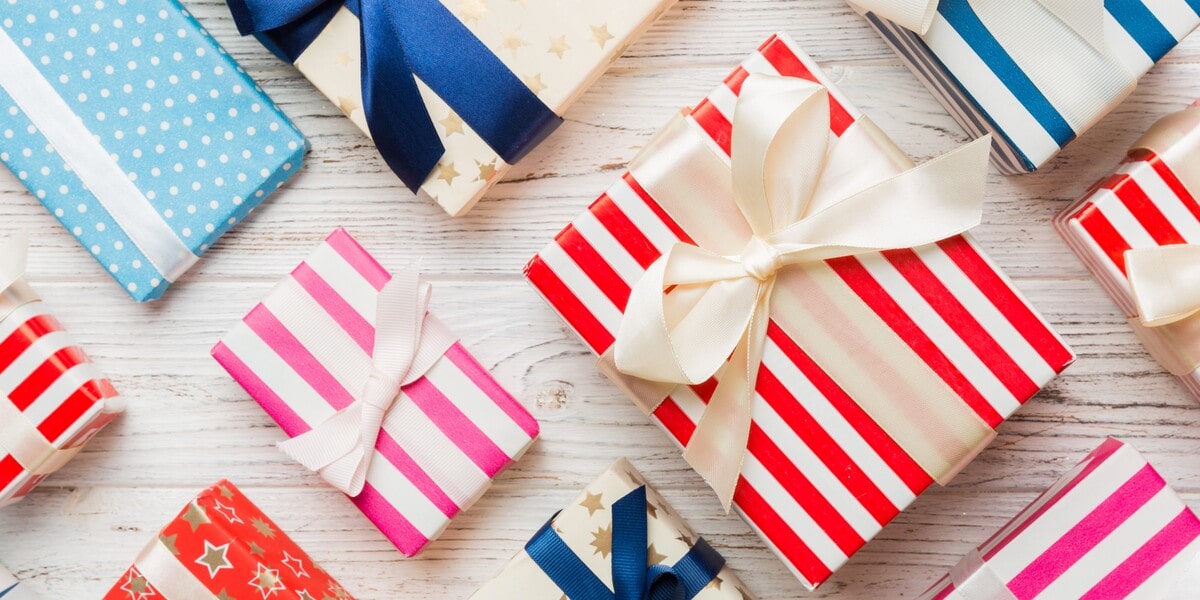
Blog
How to Store DTF Transfers? 6 Steps for Long-Lasting Quality

Many people own a large amount of DTF transfers that are waiting to be applied, wondering how to store DTF transfers properly. The way you take care of these delicate pieces can make a big difference in maintaining their quality and ensuring great results once they are used.
So, what are the tips to maintain DTF transfers’ quality throughout your waiting period? There are 6 simple yet effective steps to ensure your transfers in top performance for longer. We have listed them in a logical iron-on-storing order for you to explore.
Why Proper Storage of DTF Transfers Matters
Even though we want to know how to store DTF transfers properly, not all of us understand the benefits we gain from doing so.
Storing DTF transfers in proper ways will help you preserve their quality for long. The “quality” we are discussing here means more than just the initial print. It includes:
- Print surface’s integrity: Your prints don’t become brittle and crack over storage time.
- Color vibrancy: Keeping your designs bright and true, not faded or dull.
- Adhesive strength: Ensuring the iron-on transfers still adhere firmly to your fabric without peeling.
All these factors will allow your iron-ons perform their best when it’s time to use them.
Thus, understanding how to store DTF transfers helps your prints look great and perform well over time. Knowing how to store DTF transfers correctly also helps reduce waste, especially for large projects.
How to Store DTF Transfers?
After acknowledging that knowing how to store DTF transfers properly is key to preserving their quality and performance, as well as reducing waste and cost, let’s walk through 6 steps that help us to store them the right way.
1. Store flat, don’t roll
Firstly, you need to store your DTF transfers flat rather than roll them.
Even though rolls are a better storage choice in space saving, it may cause the adhesive to break or chip. Meanwhile, keeping your DTF transfers flat will prevent them from cracking or flaking off the adhesive powder layer. This also ensures a smooth, even product that is ready for pressing.
2. Separate transfers with parchment or baking paper

Placing parchment or baking paper between each transfer is advisable to prevent them from sticking together or getting damaged. Why can the paper help? Imagine it acts as a protective barrier, keeping the adhesive and print surfaces of your DTF transfers intact when they are stacked.
3. Use ziplock bags or airtight containers

After separating the DTF transfers, you should put them in airtight containers or ziplock bags. The storage protects your printed pieces from:
- Moisture, which weakens adhesive strength.
- Dust, which can cause defects during pressing.
4. Keep away from direct sunlight and heat sources
Another important note when it comes to the question “how to store DTF transfers” is keeping them away from direct sunlight and heat sources. Why? Because these agents can degrade the inks and adhesive on your DTF transfers. In specific:
- Heat may melt the the adhesive layer and make it lose its stickiness.
- UV rays from constant sunlight exposure can fade colors and reduce vibrancy.

5. Store in a cool, dry place
In step 3 and 4, we’ve learned that moisture, heat and UV rays can affect the quality of your DTF transfer. So, the next step you should know when learning how to store DTF transfer properly is to place them in a cool, dry environment. This condition not only decreases the possibility of losing the adhesive’s tackiness but also prevents warping or peeling of the transfer film.
6. Label transfer type & date made
The last step before letting your DTF transfers start their waiting period is to label the storage with their type and production date. The labels will help you easily track DTF transfer’s shelf life and manage the inventory effectively, especially during busy production times.
Following these 6 steps for how to store DTF transfers will ensure your transfers stay fresh, vibrant, and durable for future projects. They also save you time and money in the long run.
When’s the Best Time to Use Your DTF Transfers?
Understanding how to store dtf transfers also means knowing the ideal time frame for using them. Despite how well you preserve them, iron-on DTF transfers have their optimal shelf life. This time ensures their best quality prints and avoids unexpected issues.
Typical shelf life
Most DTF transfers have a shelf life of about 6 months. This can be extended to 12 months if you follow proper storage guidelines from manufacturers.
However, even under ideal conditions, the quality may gradually decline over time. Knowing this helps you plan your inventory and production schedules effectively.
Recommended usage timing
It’s always best to use your DTF transfers as soon as possible after production. The fresher the transfer, the stronger the adhesive, and the more vibrant the colors will be when pressed onto your garment. Quick use minimizes the risk of quality loss, helping you maintain consistent, high-quality results.
Risks of long-term storage
If your iron-on DTF transfers are stored for too long, you may face some problems, such as:
- Adhesive deterioration: The sticky layer may weaken, causing poor bonding between the iron-on transfer and the fabric-based surface you apply it to.
- Color fading: Colors can become dull or shift after a period of time.
- Print failure: The design may peel or crack during or after pressing.
These risks highlight why how to store DTF transfers properly is crucial. Even the best storage can’t fully prevent natural aging effects, so timely use remains important.
In short, even when you have necessary knowledge of how to store DTF transfers, you had better manage to use your transfers as soon as possible to keep your prints looking great and acting durable for your project.
Last words
The ideal timing to use your transfers is soon after you get them. However, in case that you need to keep your transfers waiting before use, knowing how to store DTF transfers properly can make a big difference in maintaining their durability. All 6 steps we’ve shared in this article are practical tips to help you avoid common issues, keeping the adhesive quality, color vibrancy, and overall longevity of your iron-on DTF transfers.
For the best quality control, you should consider printing your custom iron on DTF transfers through our service. CustomAny provide reliable printing quality and expert support, as well as flexibility in order quantity to help you reduce the possibility of long-time storage, making your iron-on DTF transfer projects get top results every time.












